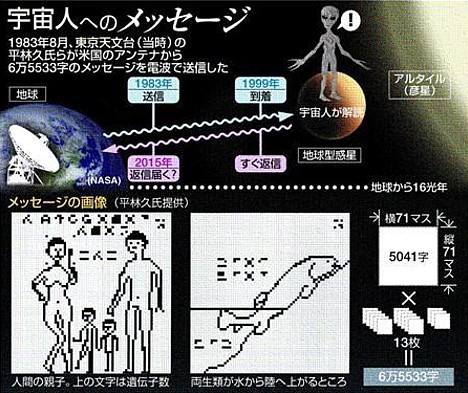
An "e-mail" message from aliens inhabiting the Altair solar system could reach Earth within 7 years, some astronomers suggest. The alien message would come in response to a radio-wave signal sent toward Altair 25 years ago by Japanese astronomer Hisashi Hirabayashi, who suggests we may receive a reply as early as the year 2015 if intelligent aliens received, decoded and responded quickly to the message. Altair is located approximately 16 light-years from Earth.
Hirabayashi, a former researcher at the University of Tokyo Astronomical Observatory (now known as the National Astronomical Observatory of Japan), along with colleague Masaki Morimoto, sent the message via a US radio telescope in 1983 on the Tanabata holiday, a traditional Japanese star festival celebrating the annual meeting of two stars -- Vega (which represents the goddess Orihime) and Altair (which represents the god Hikoboshi) -- in the night sky.
The message, which is believed to have reached Altair in 1999, consisted of 13 binary-encoded images (71 x 71 pixels each) that showed, among other things, the characteristics of our solar system, the location of our planet, the known chemical elements, whole numbers, human characteristics, and the basic structure of DNA. Their message also attempted to explain biological evolution with a depiction of mammals evolving from primeval life forms (see the image above of the fish crawling onto land).
Hirabayashi theorizes that if the aliens are intelligent enough to receive radio-wave signals, they should recognize that the data consists of 13 images and they should be able to send a reply. But Hirabayashi is not holding his breath. "I believe aliens exist, but they are difficult to find," he says. "We haven't even observed any planets around Altair, so it is highly unlikely we will receive a response."
Hirabayashi's original illustrations, which went missing for many years, were recently discovered at the Nishi-Harima Astronomical Observatory, where Morimoto works as an advisor. Strangely, one of the pictures sent to Altair includes the molecular formula for ethanol along with the kanji characters for kanpai (the Japanese toast of "cheers!") and the English word "TOAST."
"I came up with that idea while drinking," Hirabayashi playfully admits. "The aliens probably won't understand that part."
[Source: Sankei]
* * * * *
UPDATE -- According to this graphic, the message to Altair included descriptions of the following:
- Whole numbers, prime numbers, definition of lengths
- Addition, multiplication
- Main chemical elements, atomic structure
- Solar system data (size of sun/planets, distance of planets from sun)
- DNA structure and basic composition
- History of terrestrial biological evolution (primeval life forms, fish, amphibians, anthropoids, etc.)
- Image of human form and face, number of human genes
- World population
- Message transmission frequency
- Chemical formula for ethanol
- Kanji character for kampai (Cheers!), English word "TOAST"



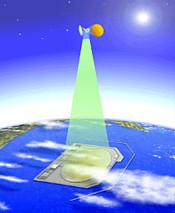 JAXA says the orbiting solar arrays, which have the advantage of being able to collect energy around the clock regardless of the weather on the ground, will need to transmit microwaves through the earth's atmosphere at frequencies that are not affected by the weather. The researchers are now looking at using the 2.45GHz and 5.8GHz bands, which have been allocated for use with industrial, scientific and medical devices.
JAXA says the orbiting solar arrays, which have the advantage of being able to collect energy around the clock regardless of the weather on the ground, will need to transmit microwaves through the earth's atmosphere at frequencies that are not affected by the weather. The researchers are now looking at using the 2.45GHz and 5.8GHz bands, which have been allocated for use with industrial, scientific and medical devices. 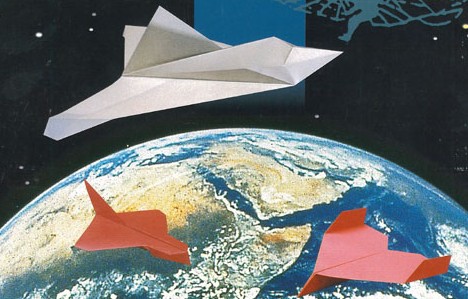
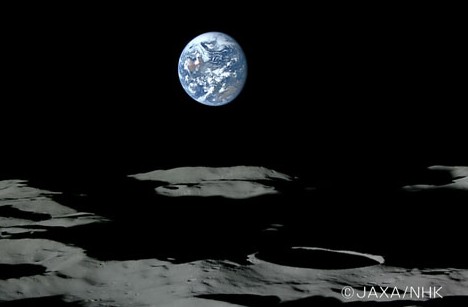
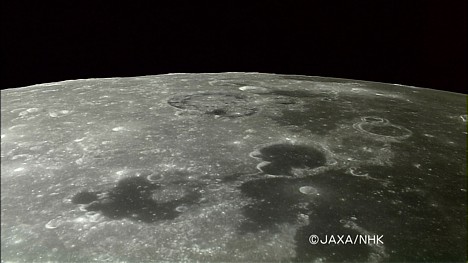
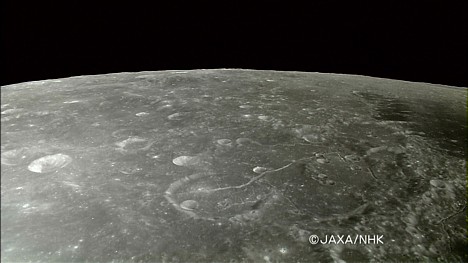
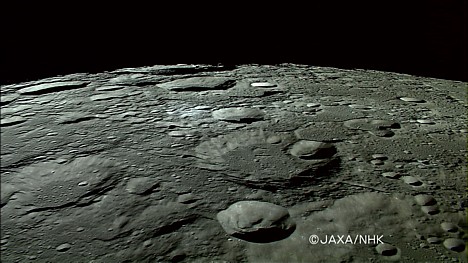
 This past weekend, a group of 66 Japanese astronomers gathered to discuss the proper course of action to take in the event a signal from an extraterrestrial intelligence is discovered. The astronomers, who met specifically to determine which national authorities to notify after receiving an alien signal, failed to reach a decision before the meeting was adjourned.
This past weekend, a group of 66 Japanese astronomers gathered to discuss the proper course of action to take in the event a signal from an extraterrestrial intelligence is discovered. The astronomers, who met specifically to determine which national authorities to notify after receiving an alien signal, failed to reach a decision before the meeting was adjourned. 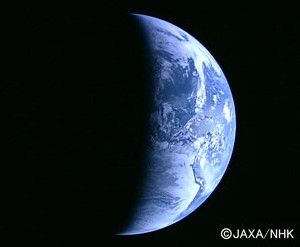 The Japan Aerospace Exploration Agency (JAXA) and public broadcaster NHK have succeeded in capturing their first high-definition video of Earth from the Kaguya lunar explorer, a.k.a. SELENE (SELenological and ENgineering Explorer), an orbiter launched in mid-September on a mission to study the moon. (
The Japan Aerospace Exploration Agency (JAXA) and public broadcaster NHK have succeeded in capturing their first high-definition video of Earth from the Kaguya lunar explorer, a.k.a. SELENE (SELenological and ENgineering Explorer), an orbiter launched in mid-September on a mission to study the moon. (